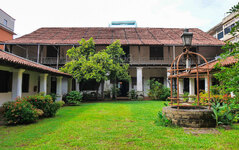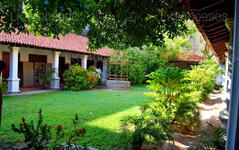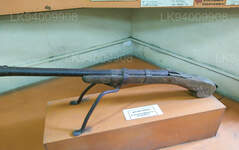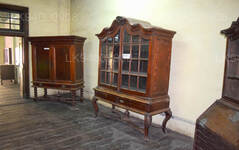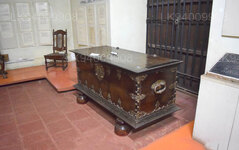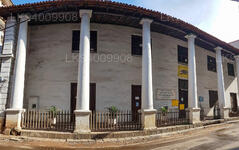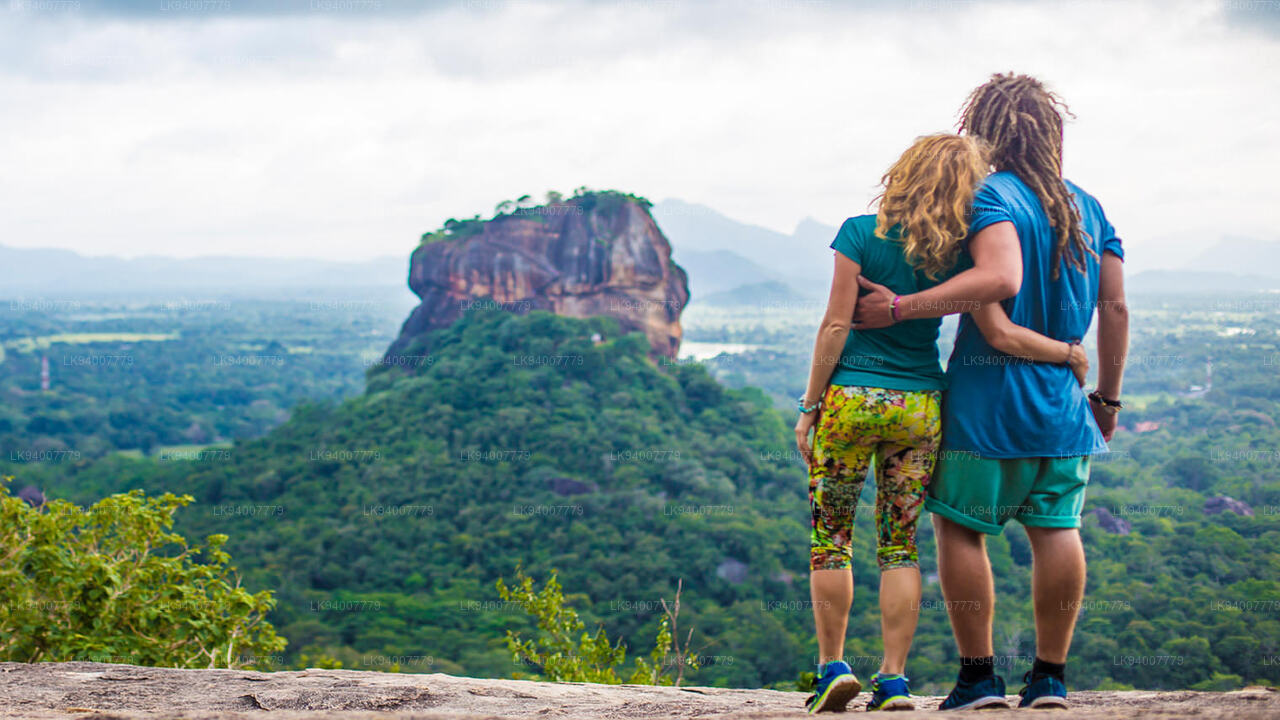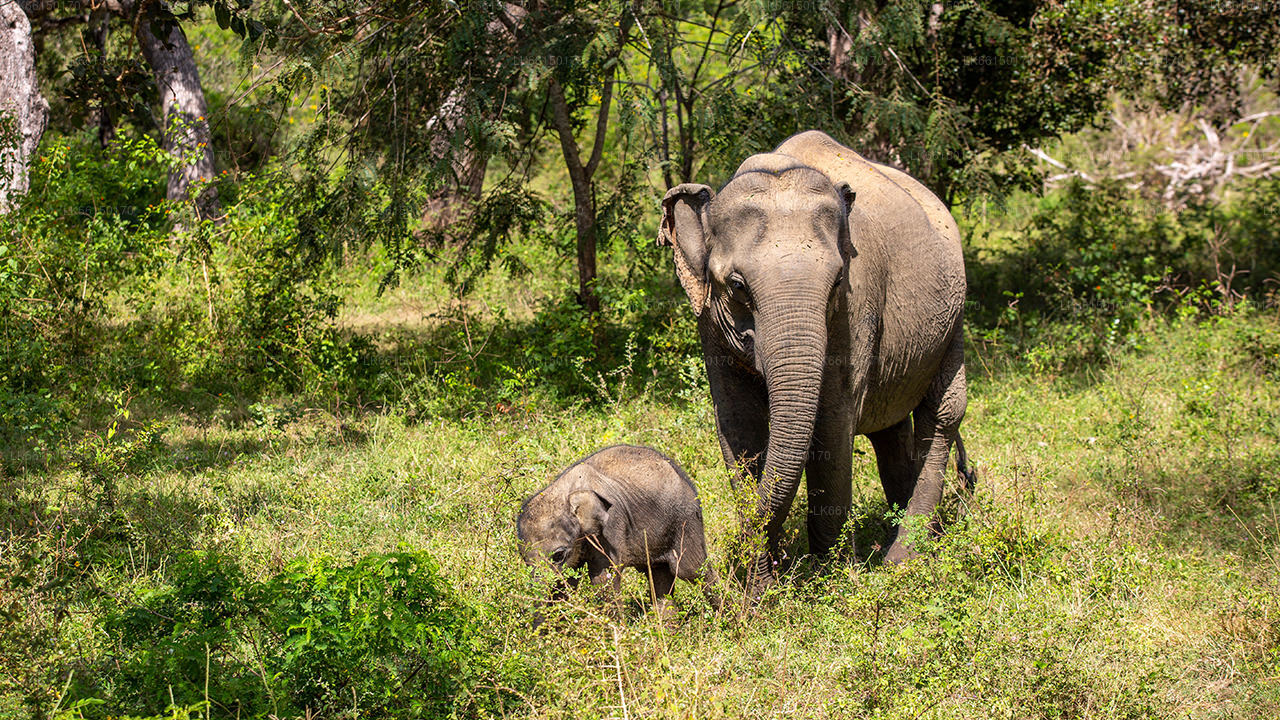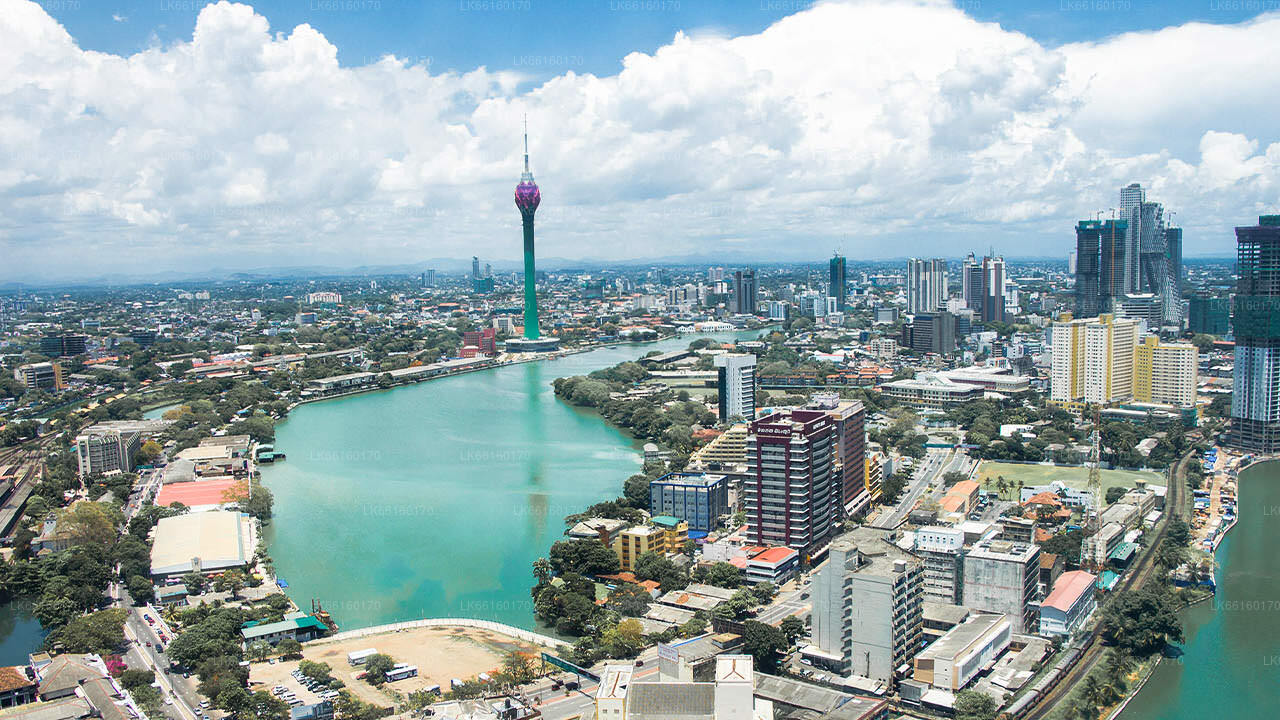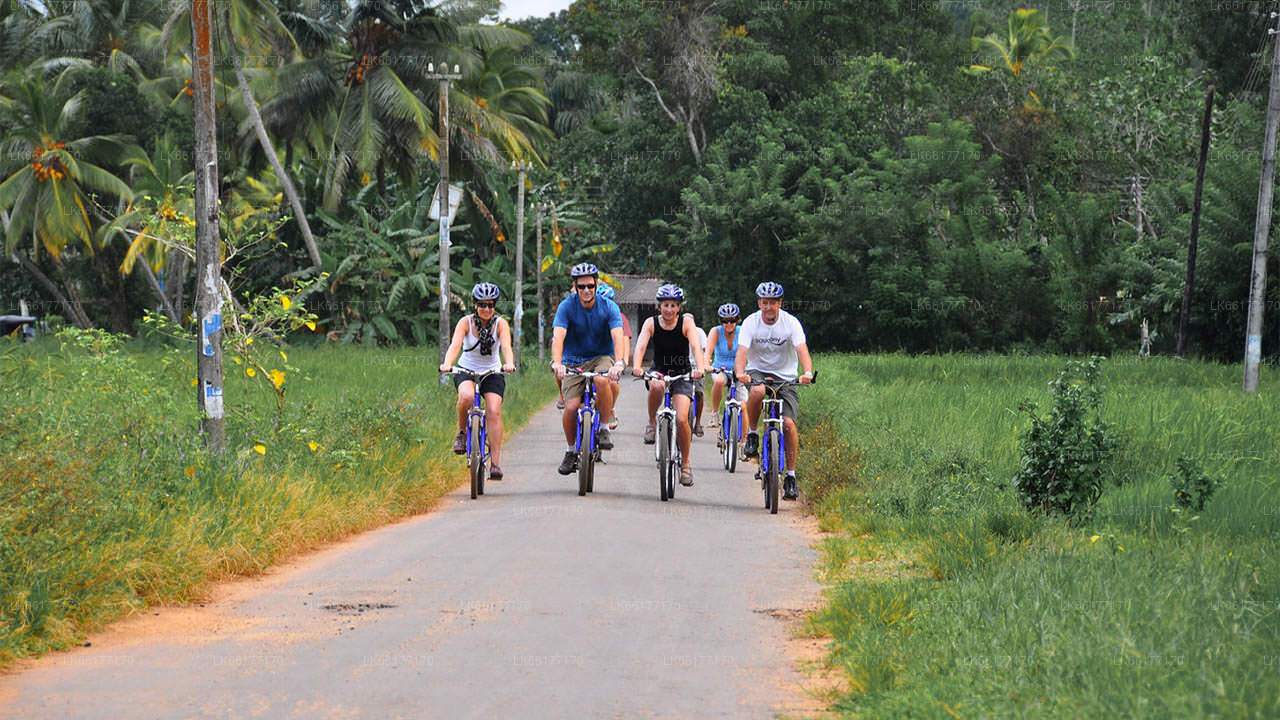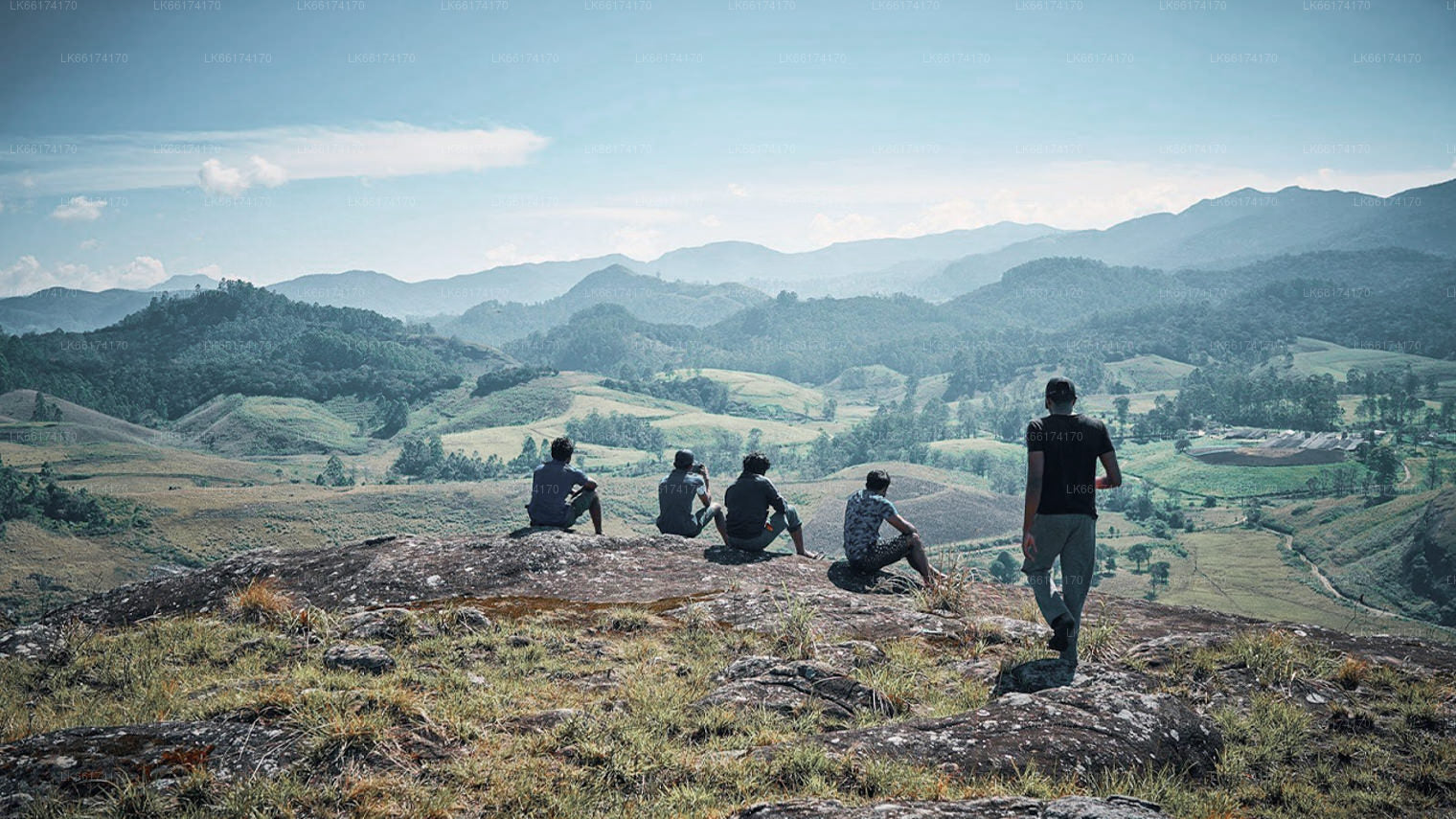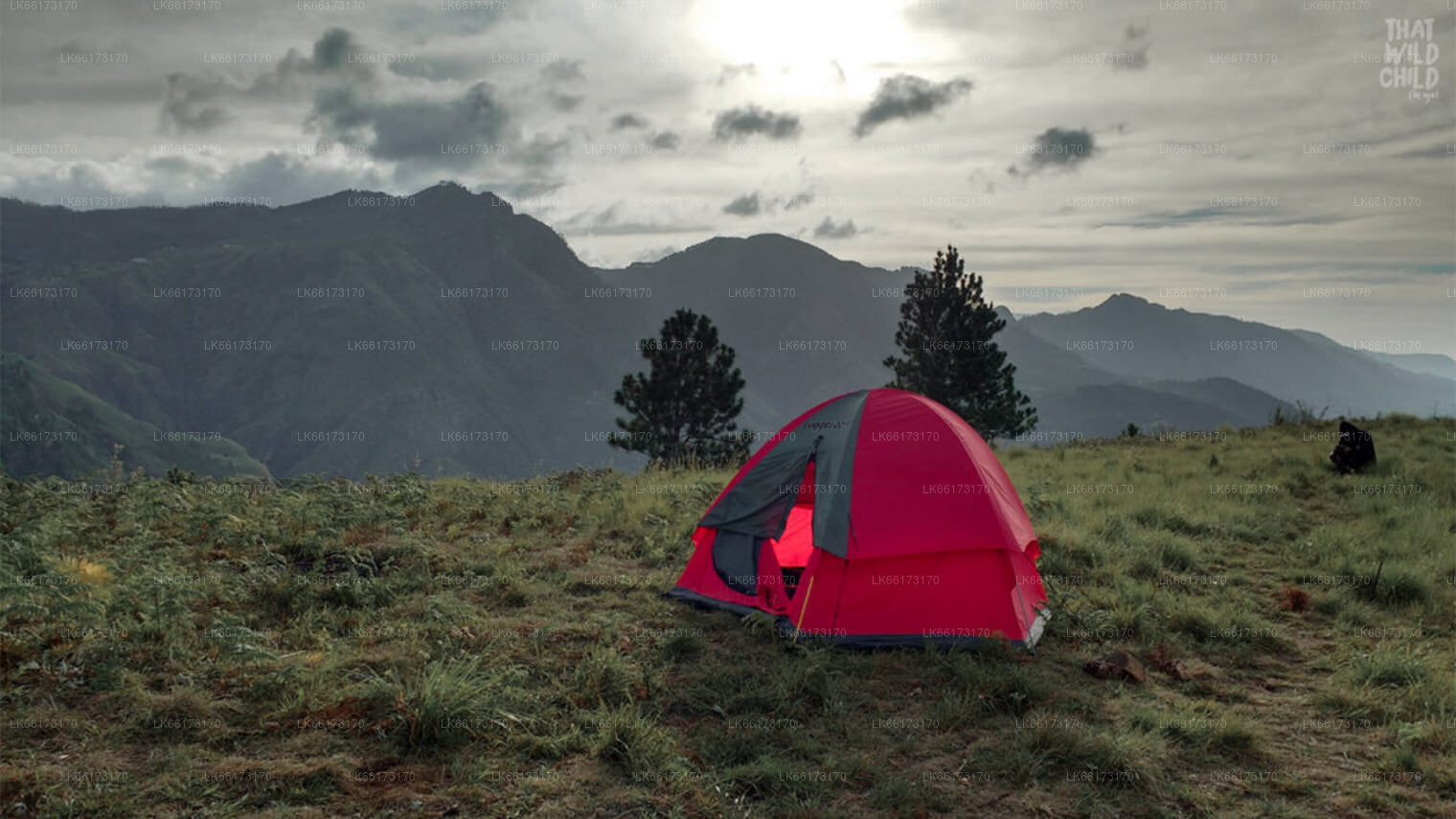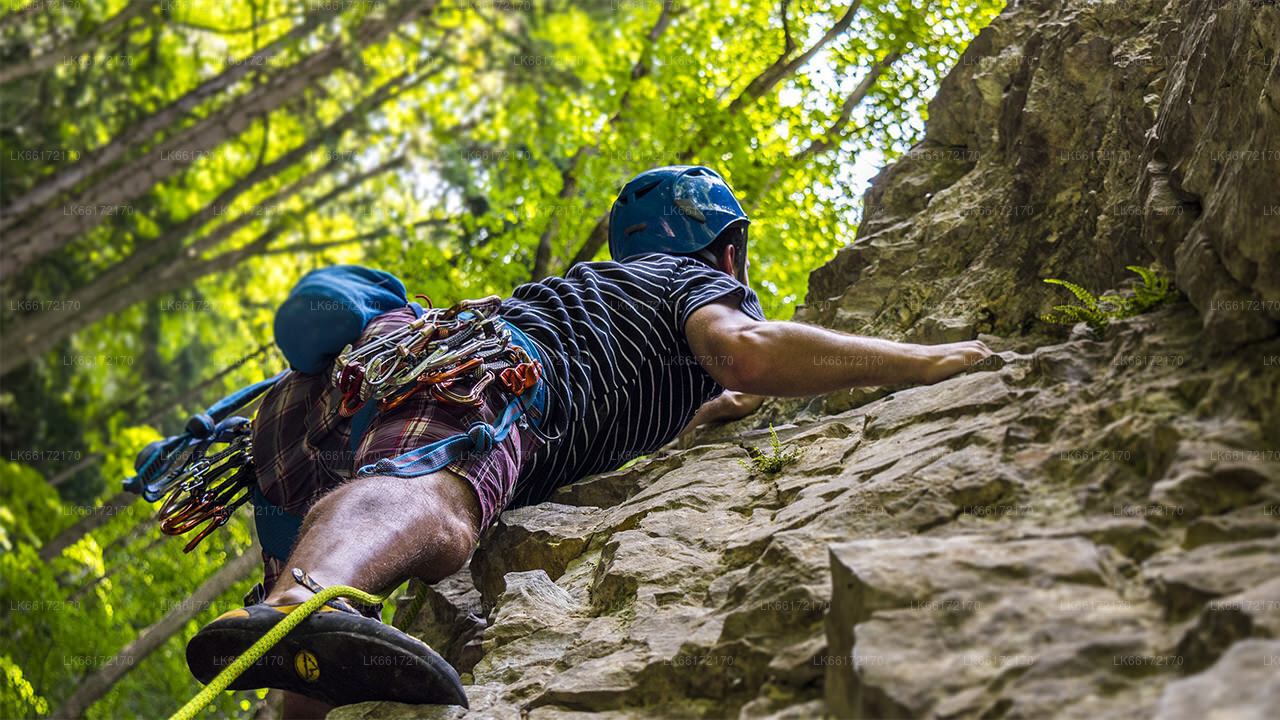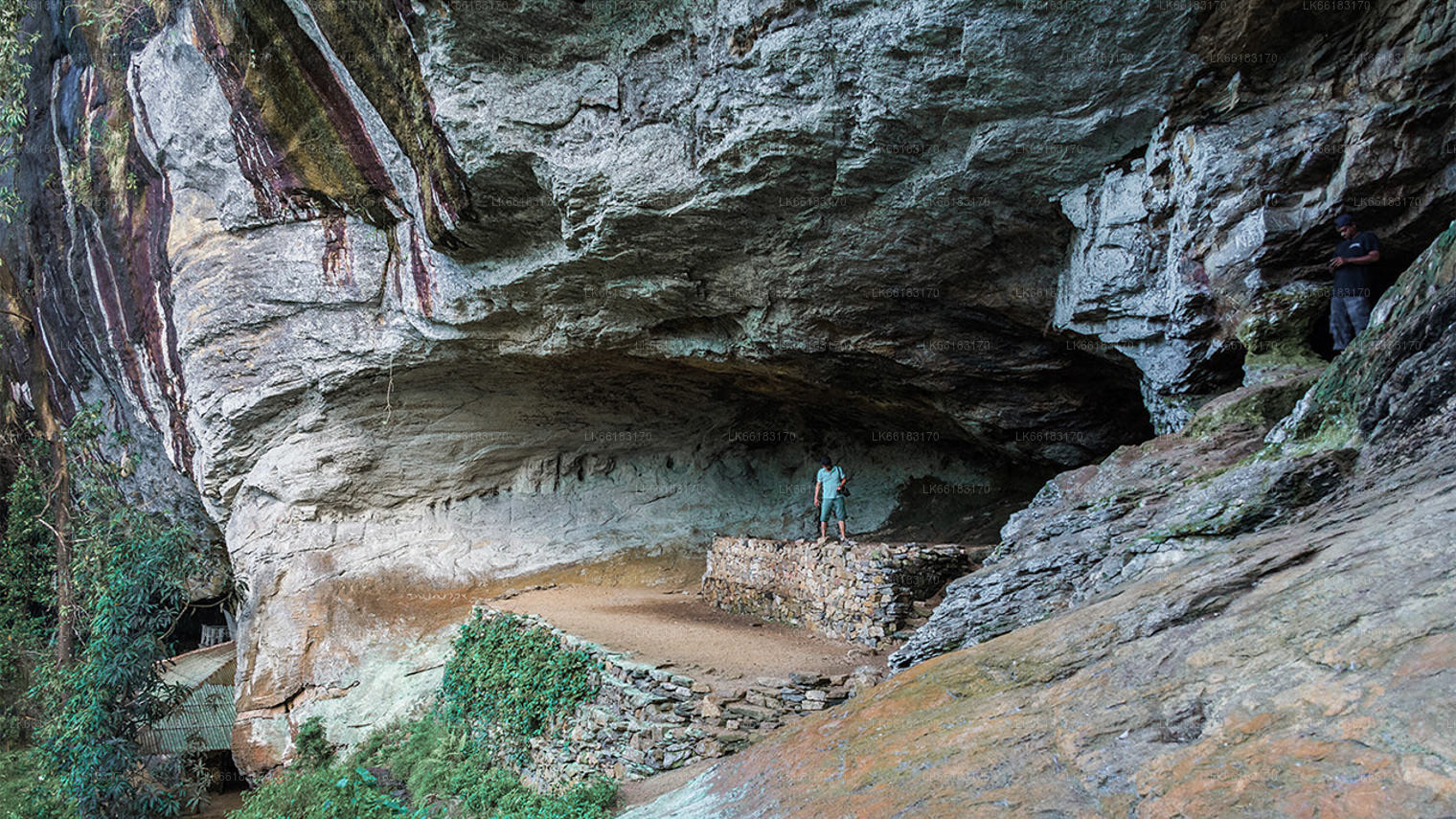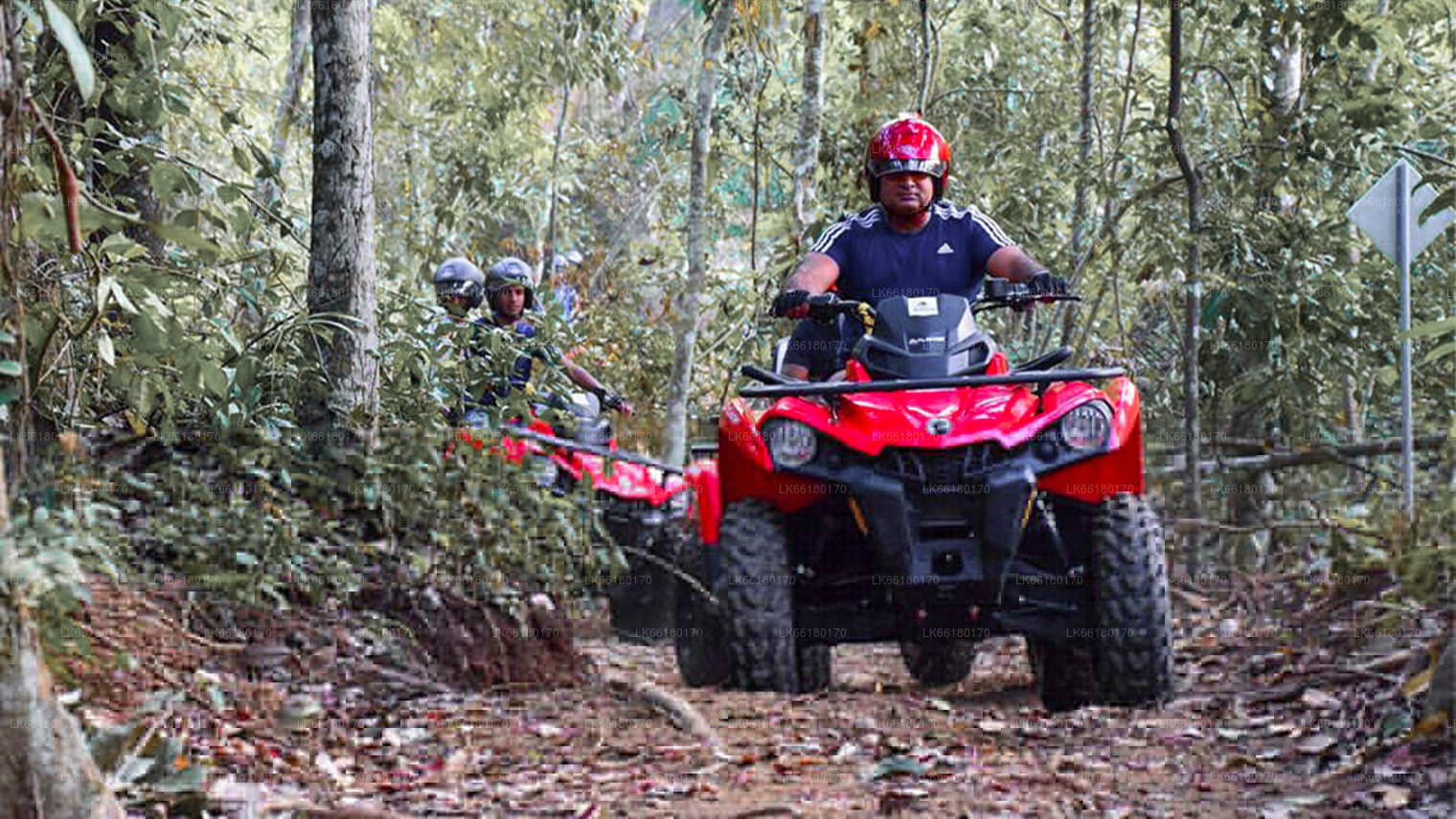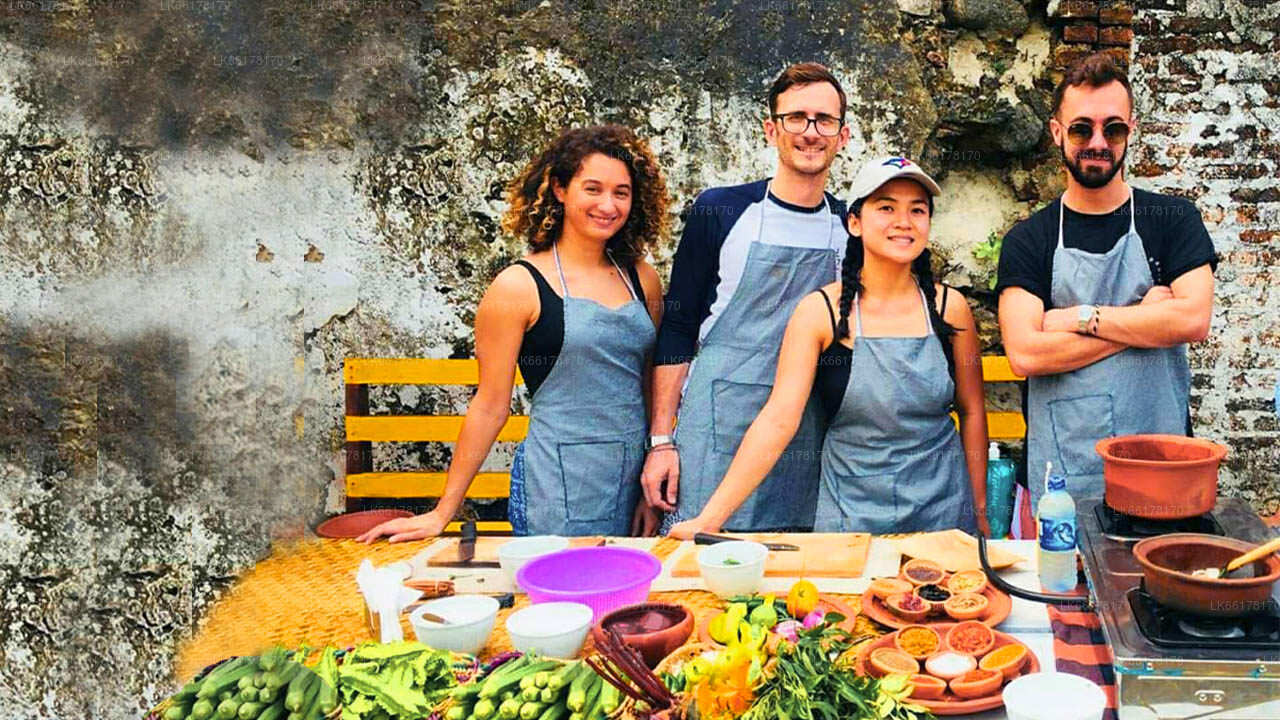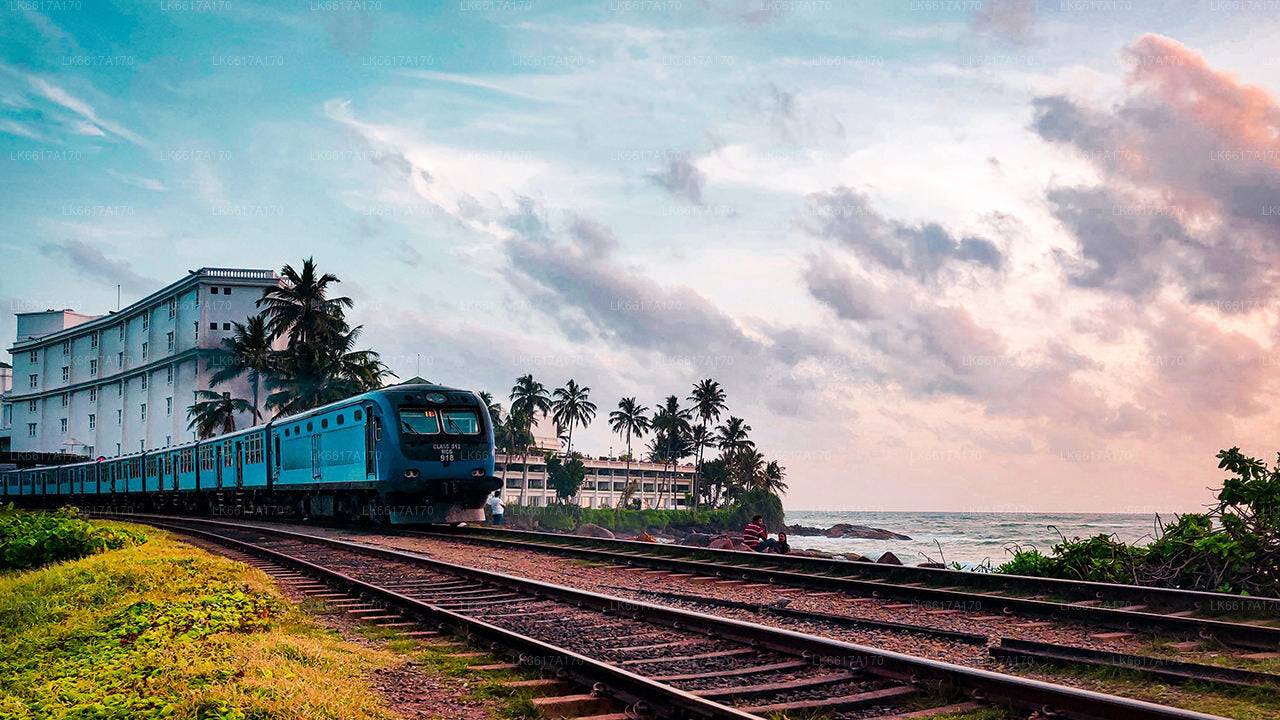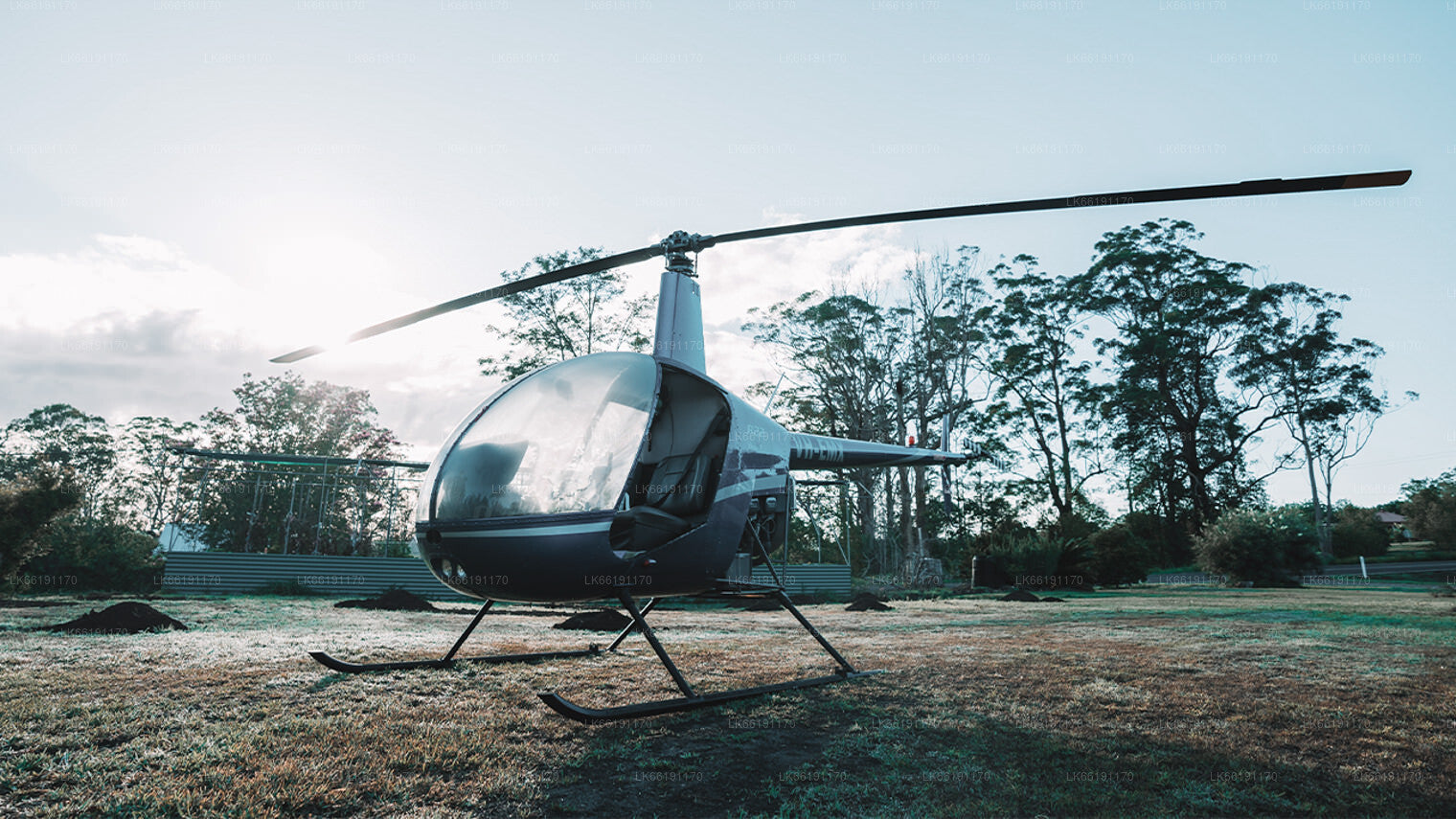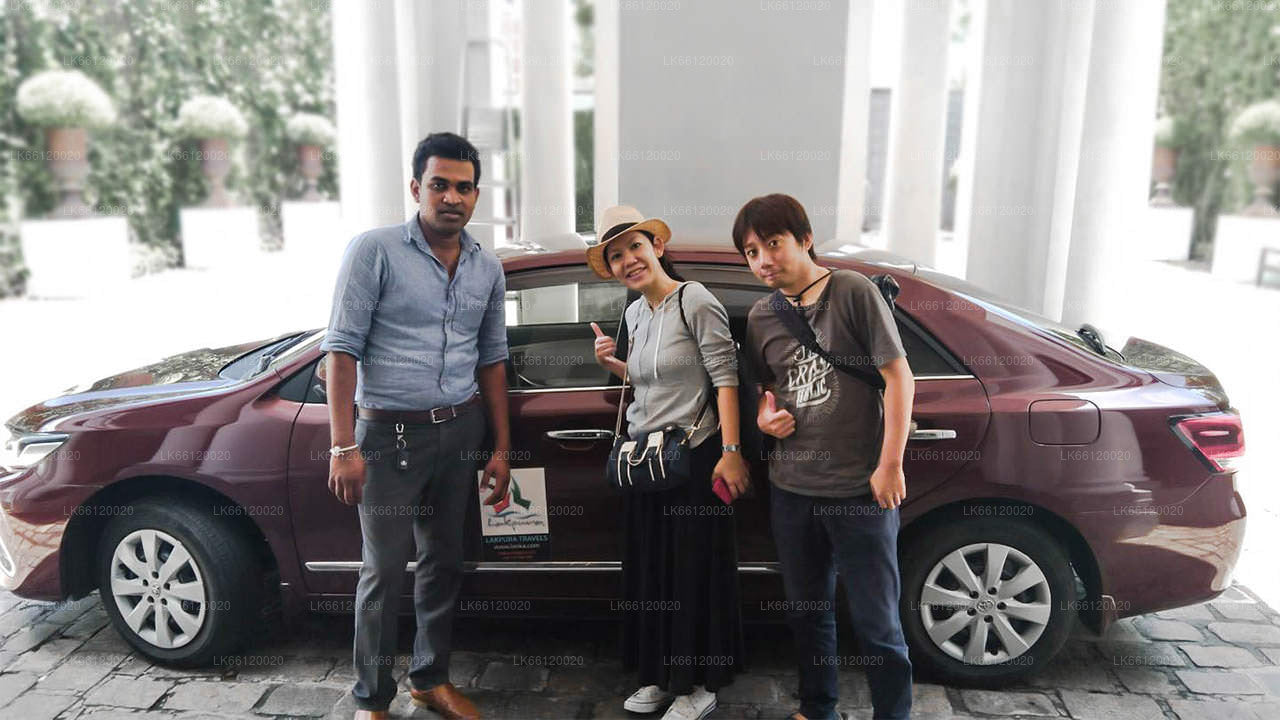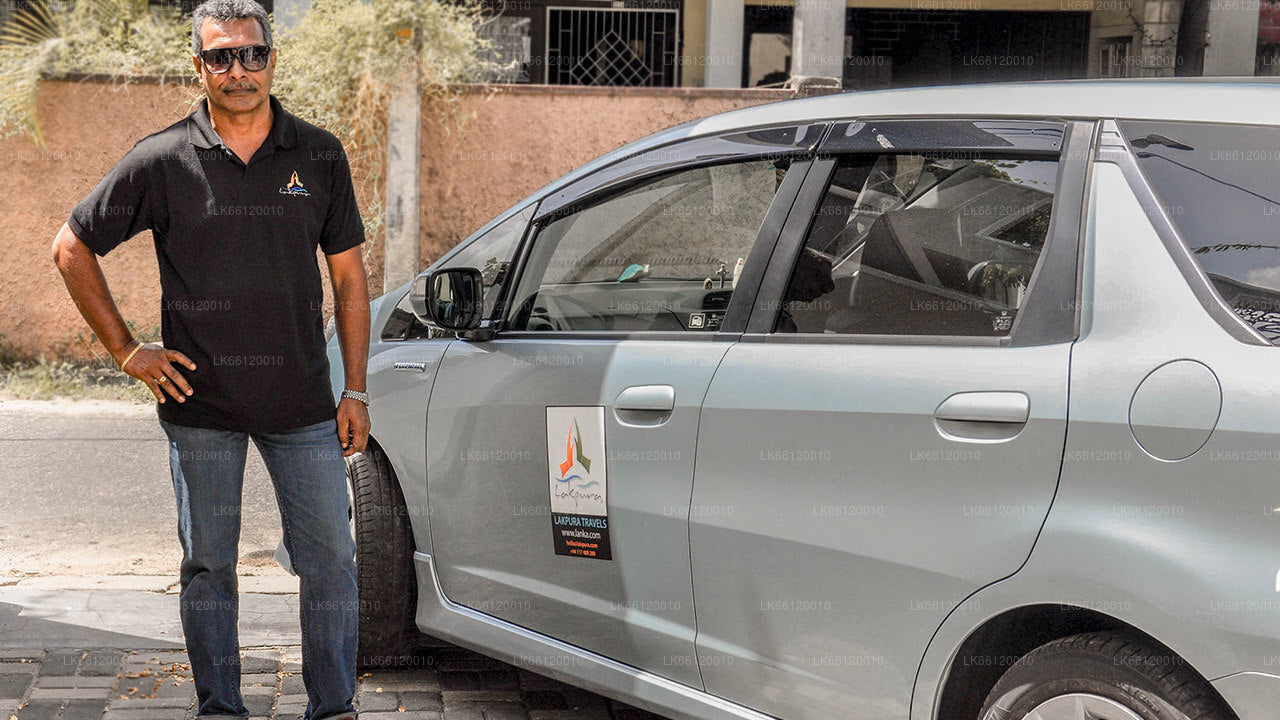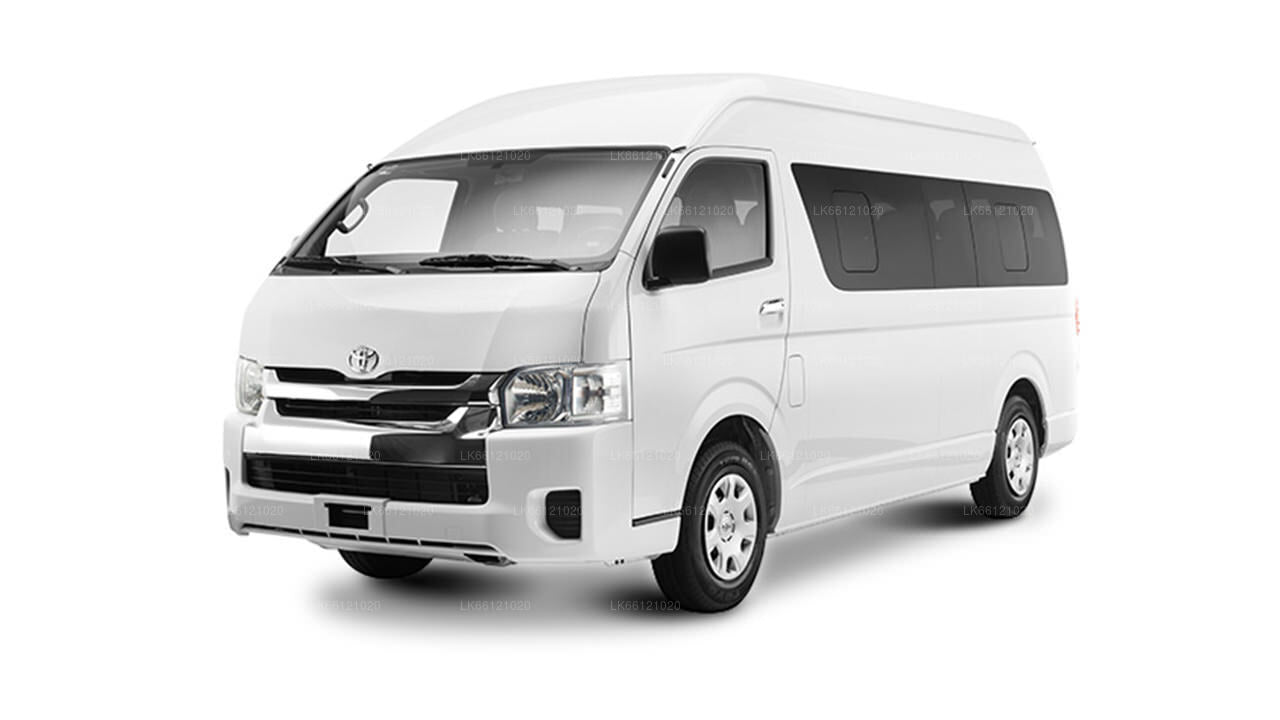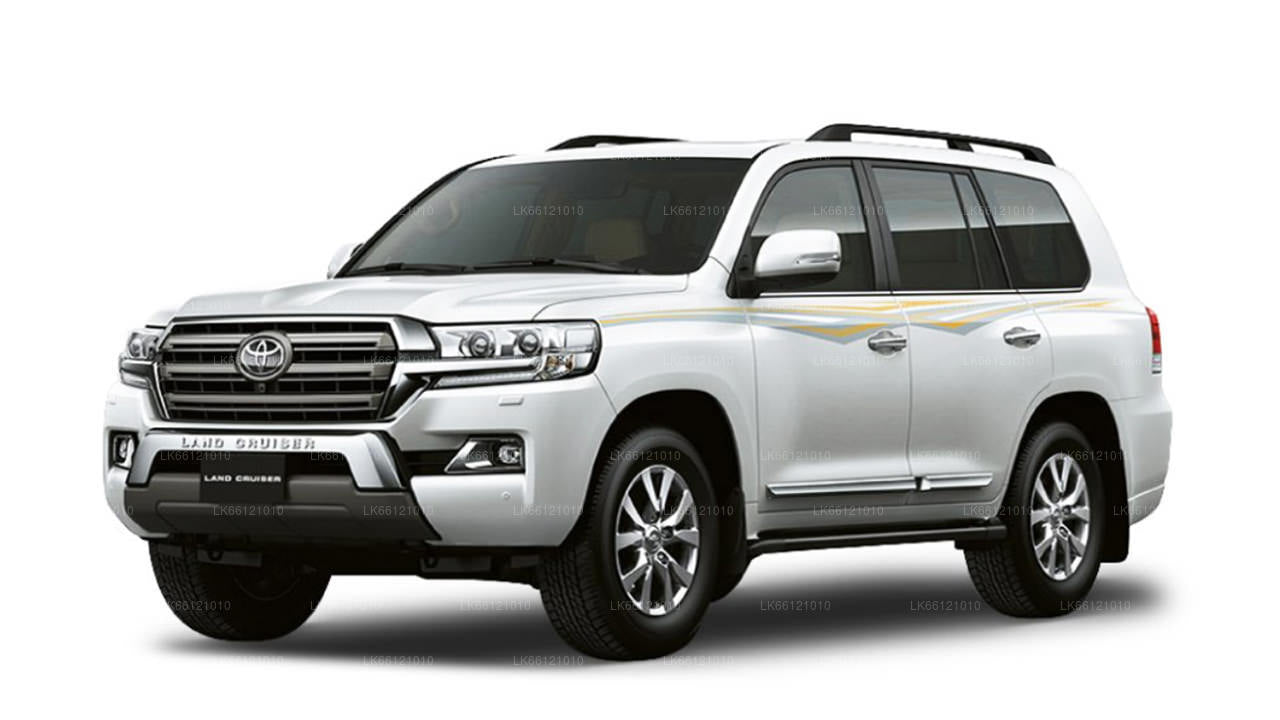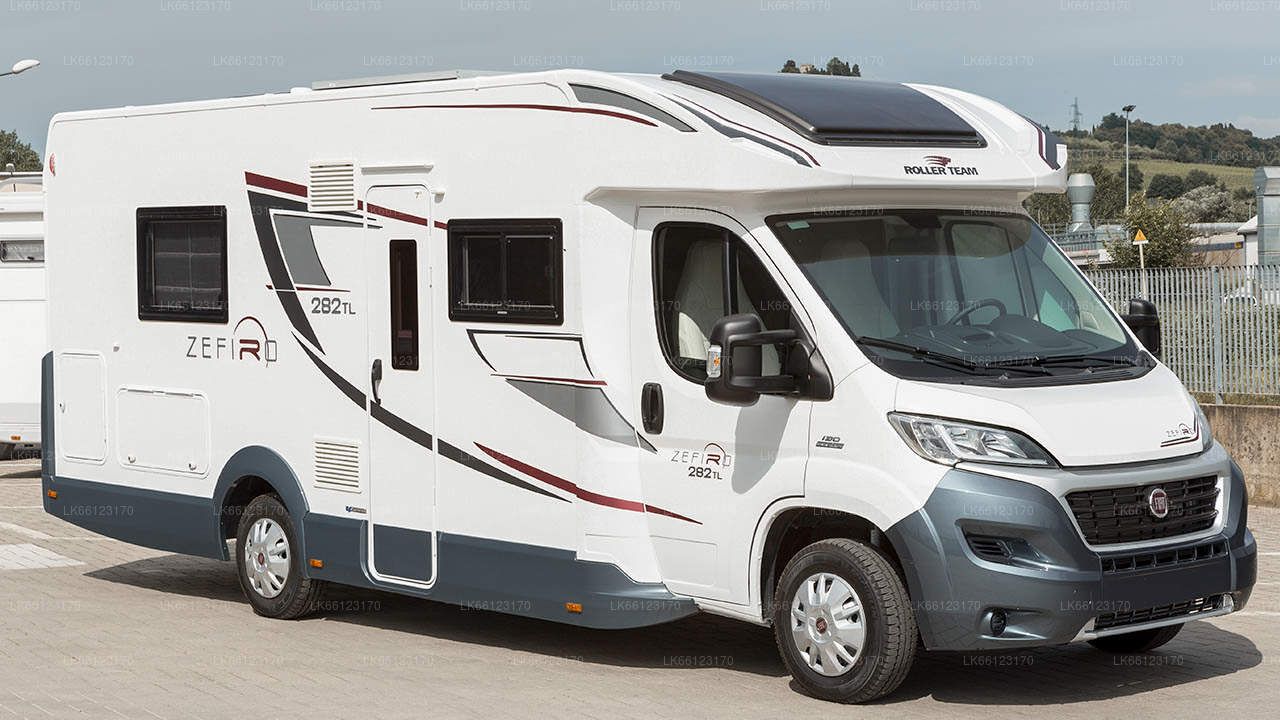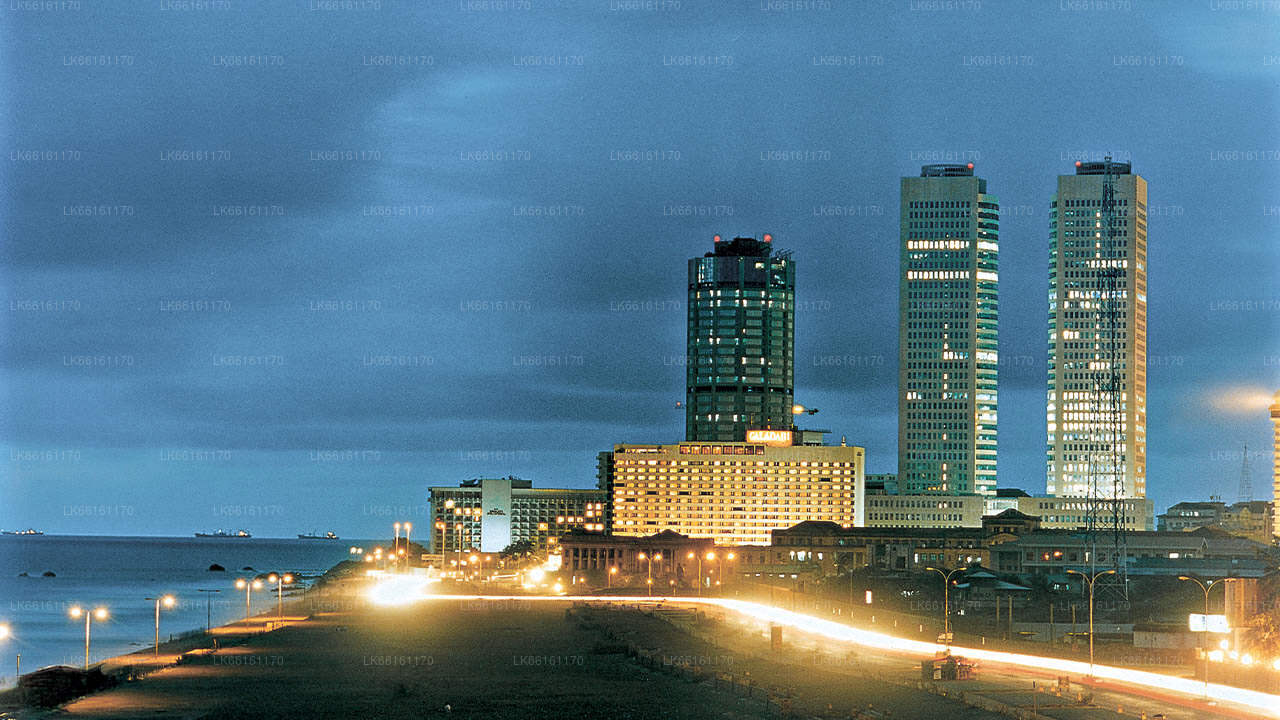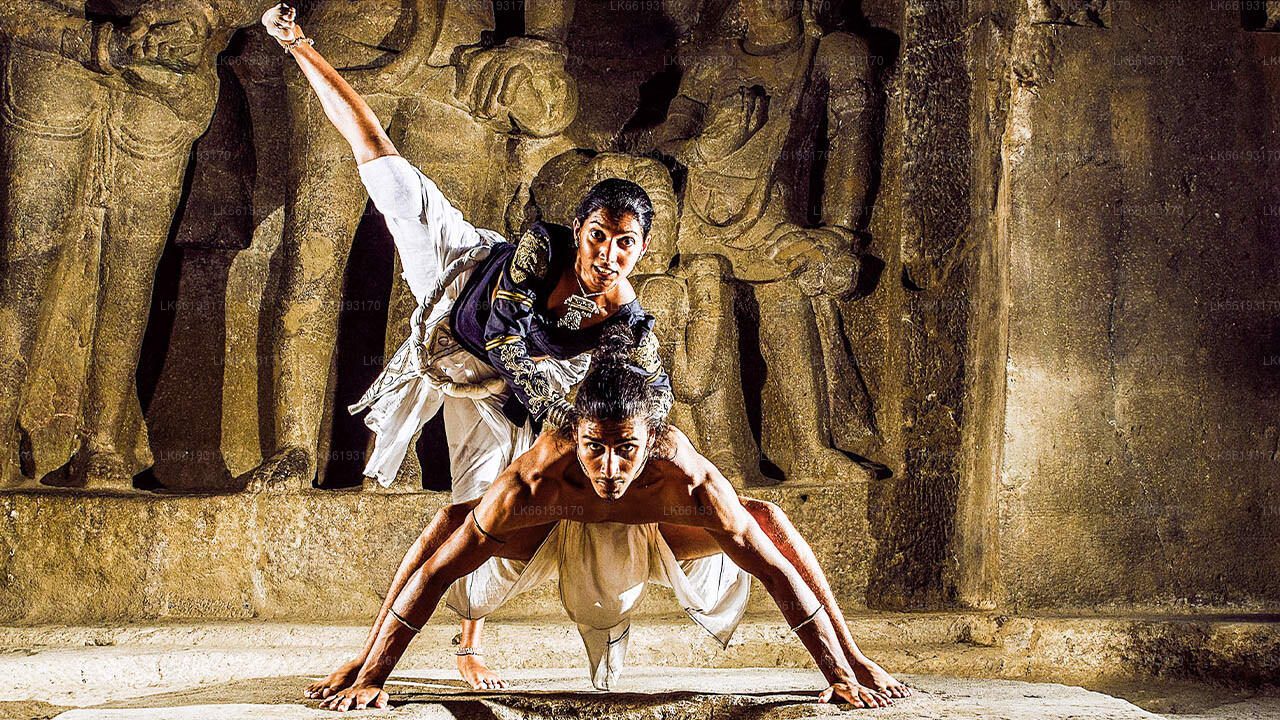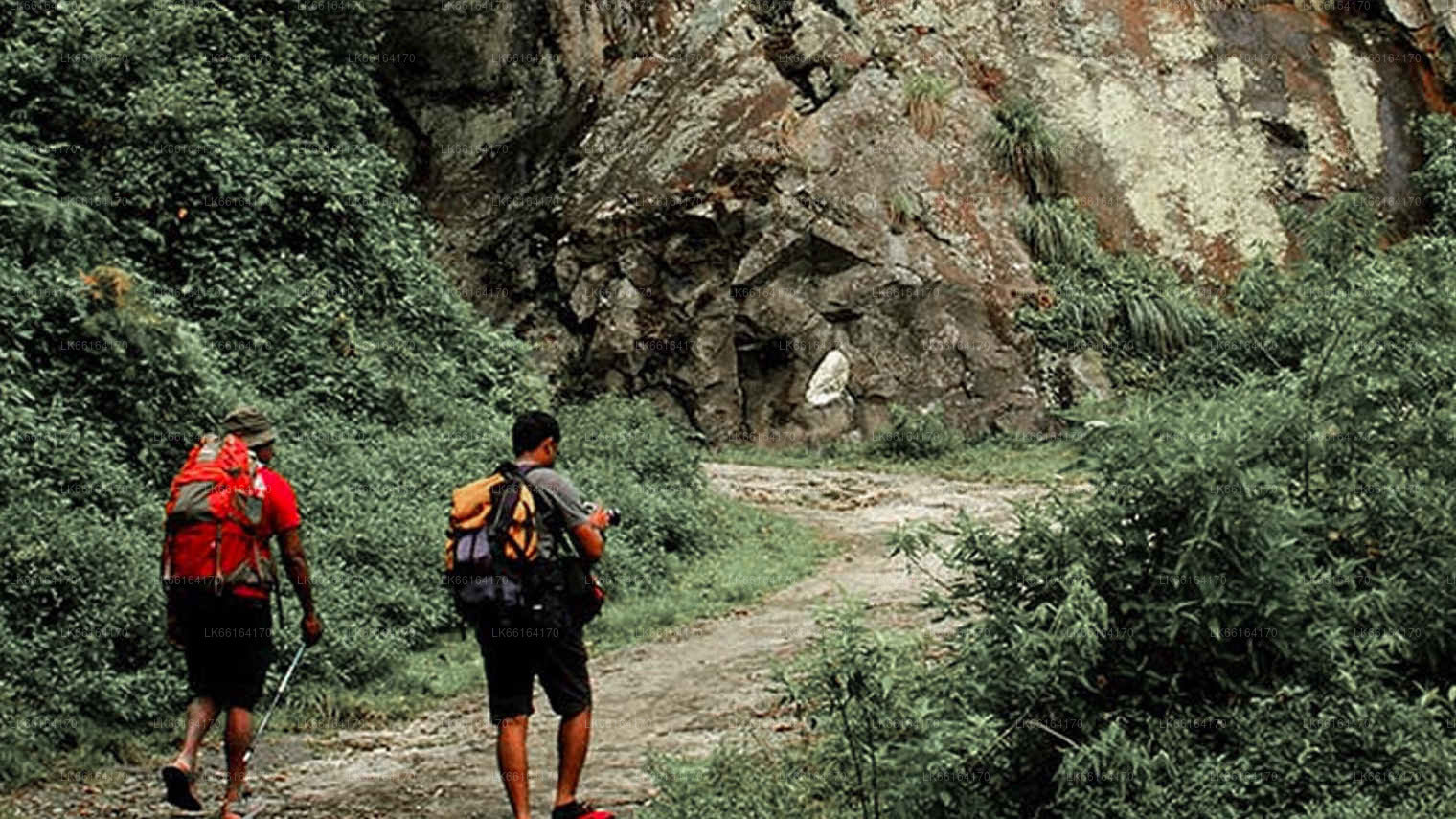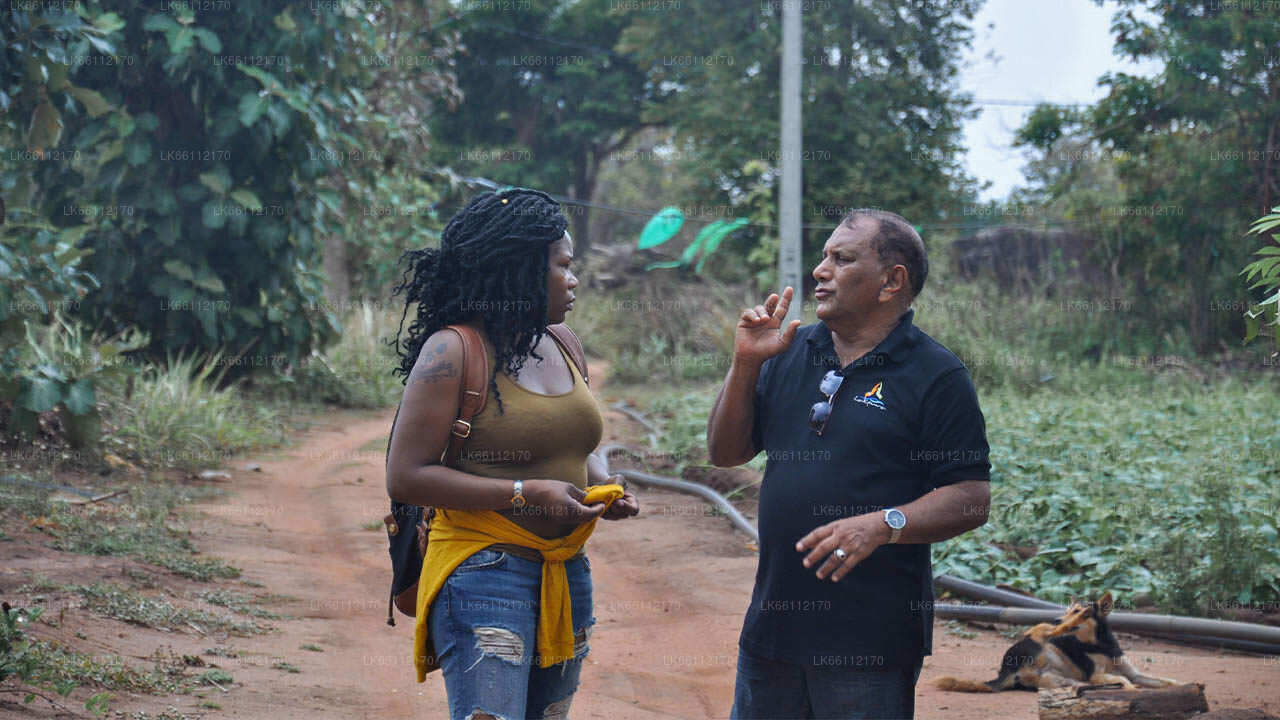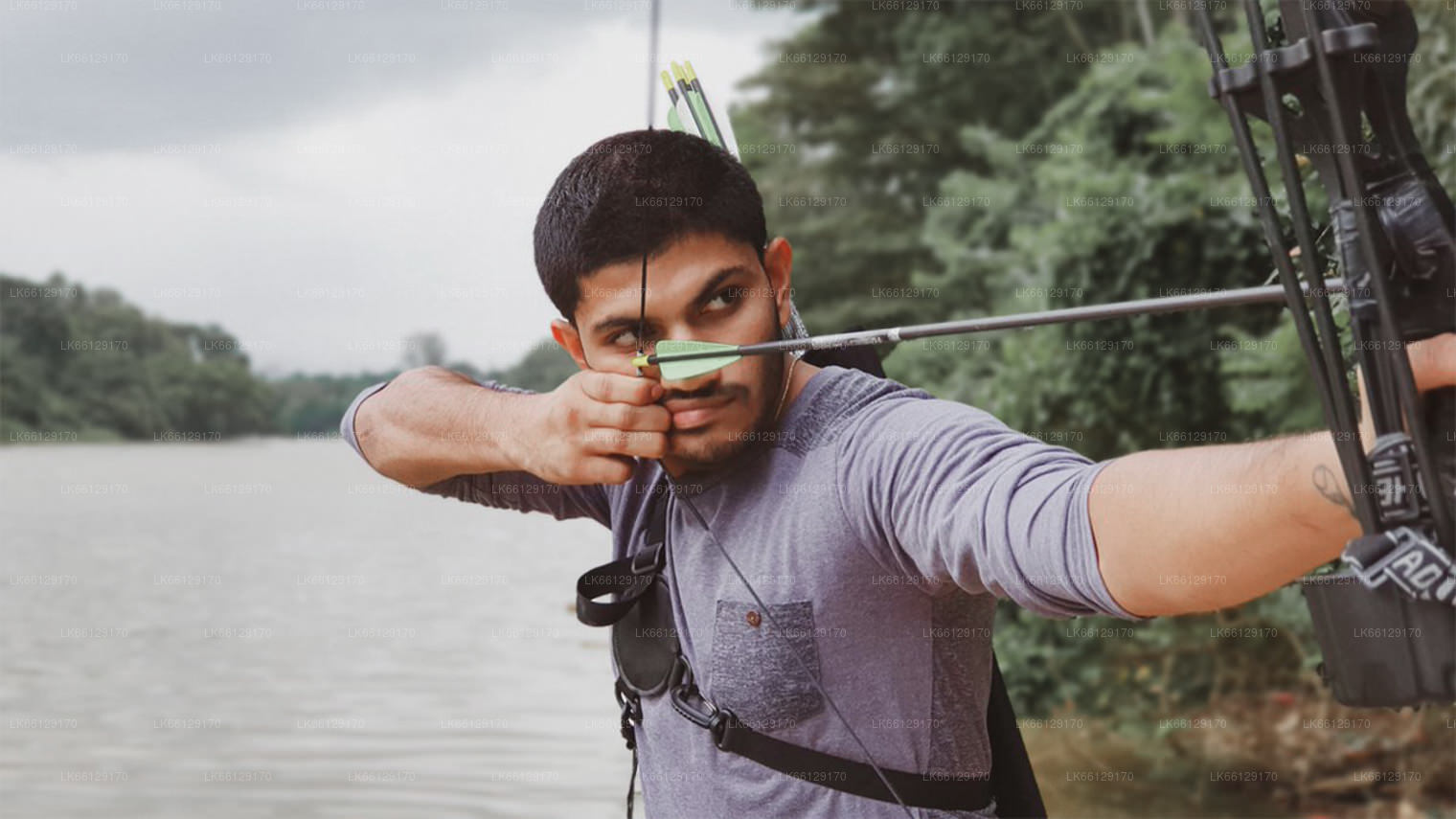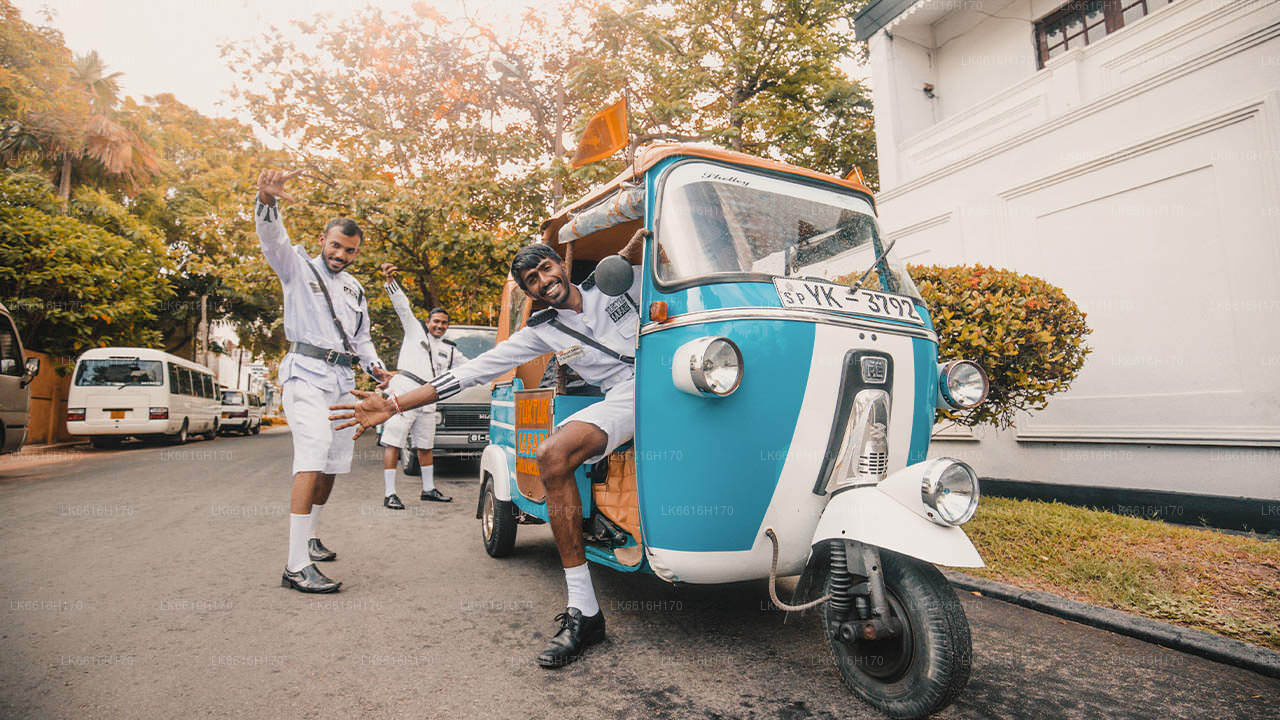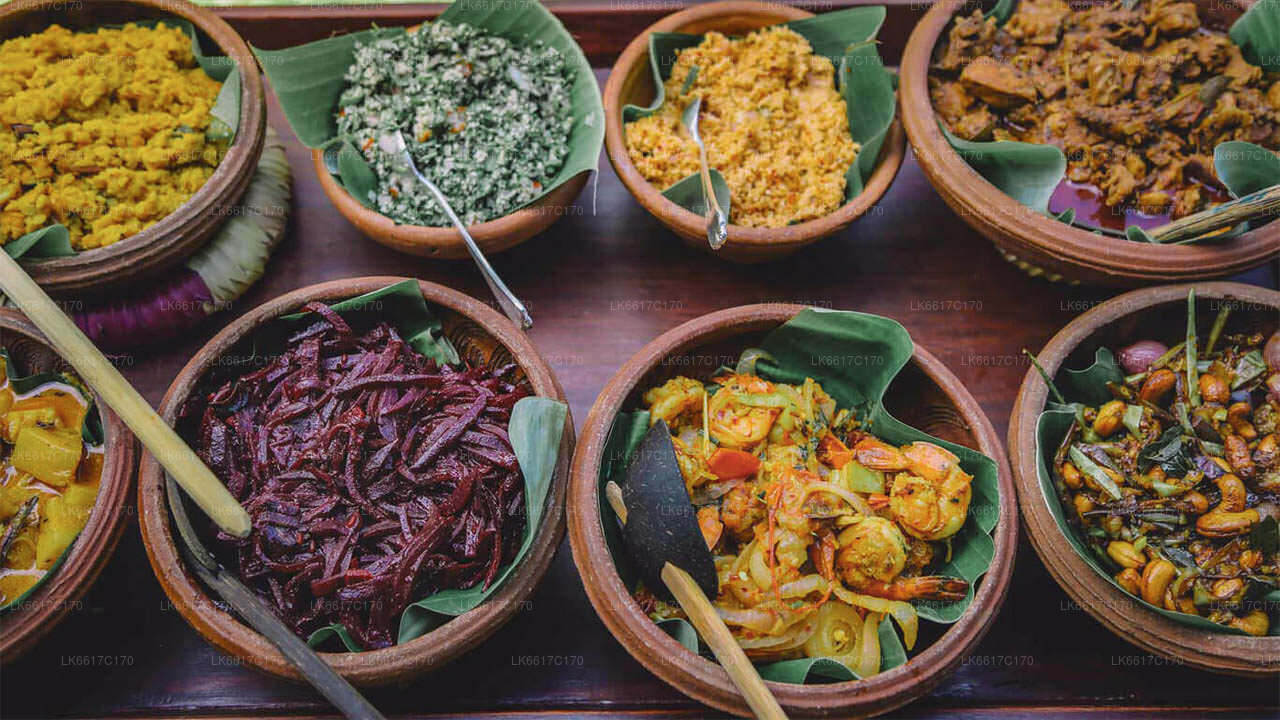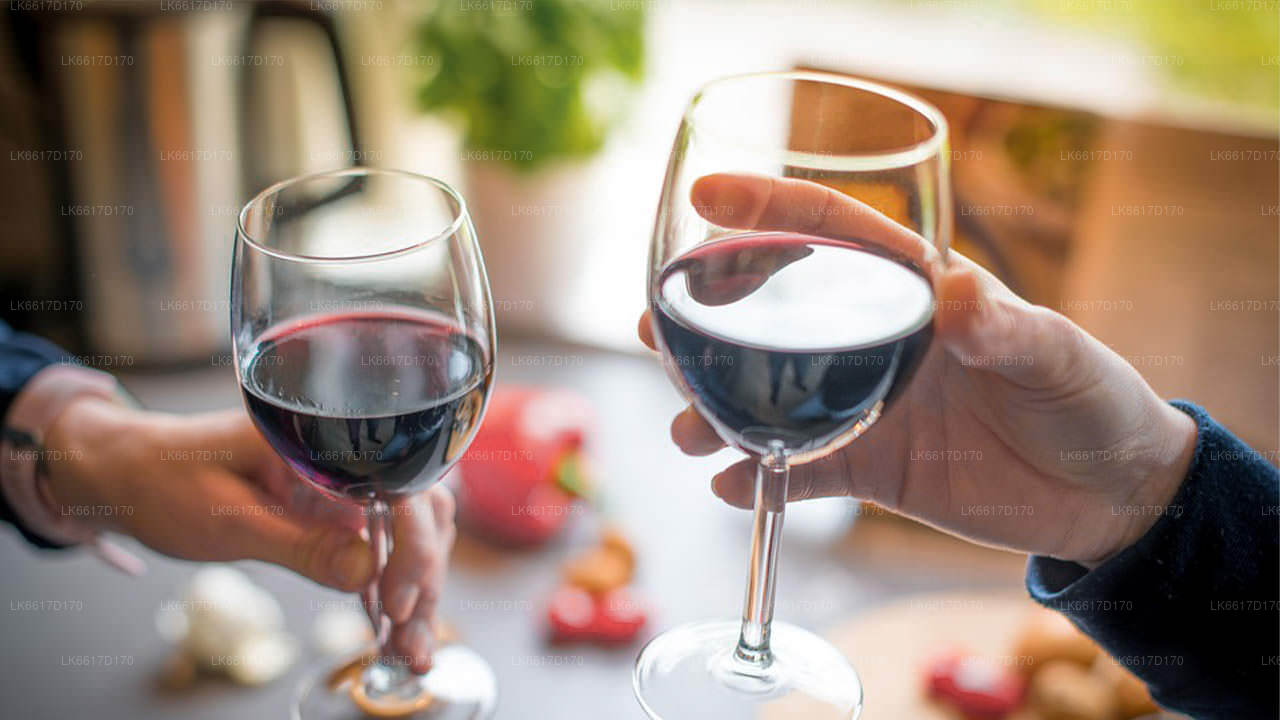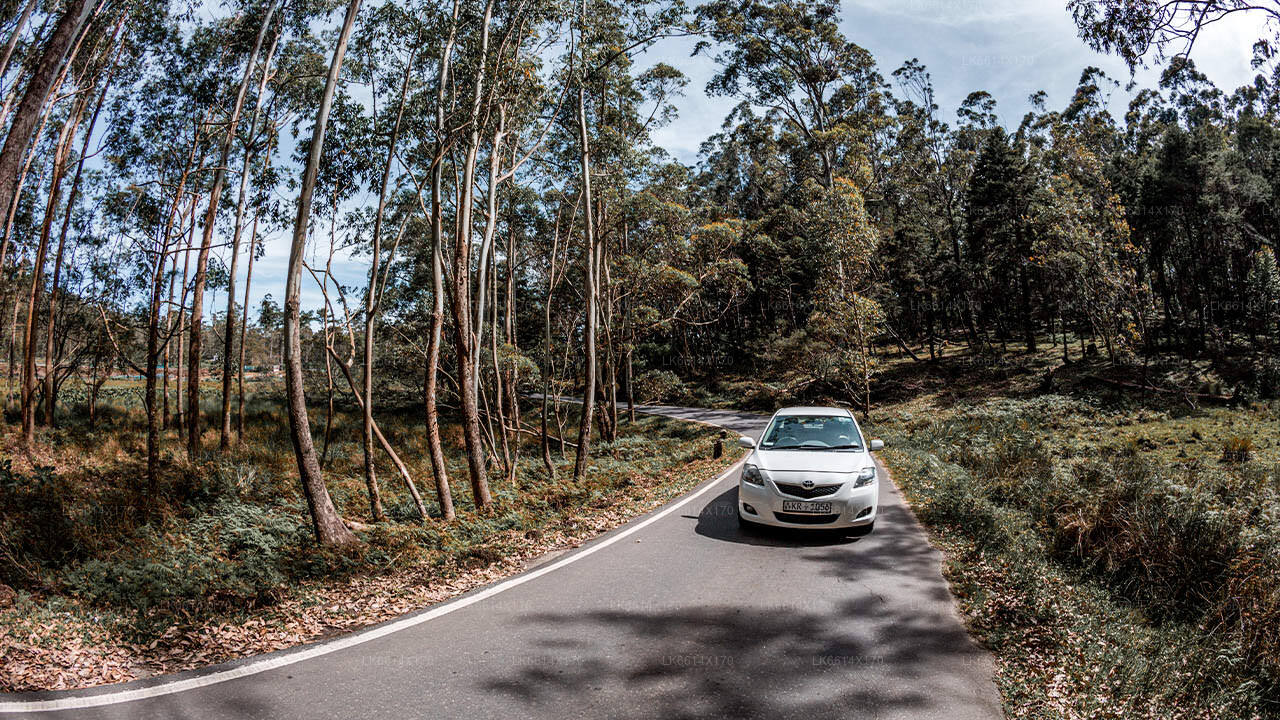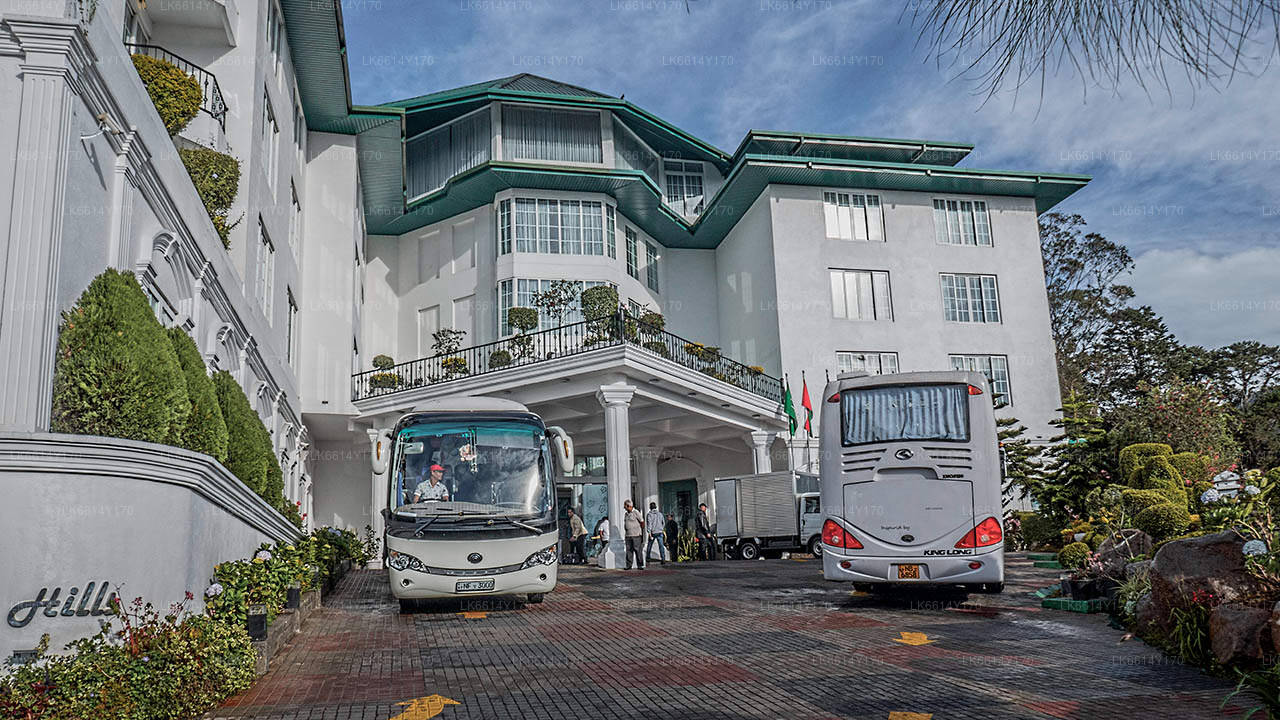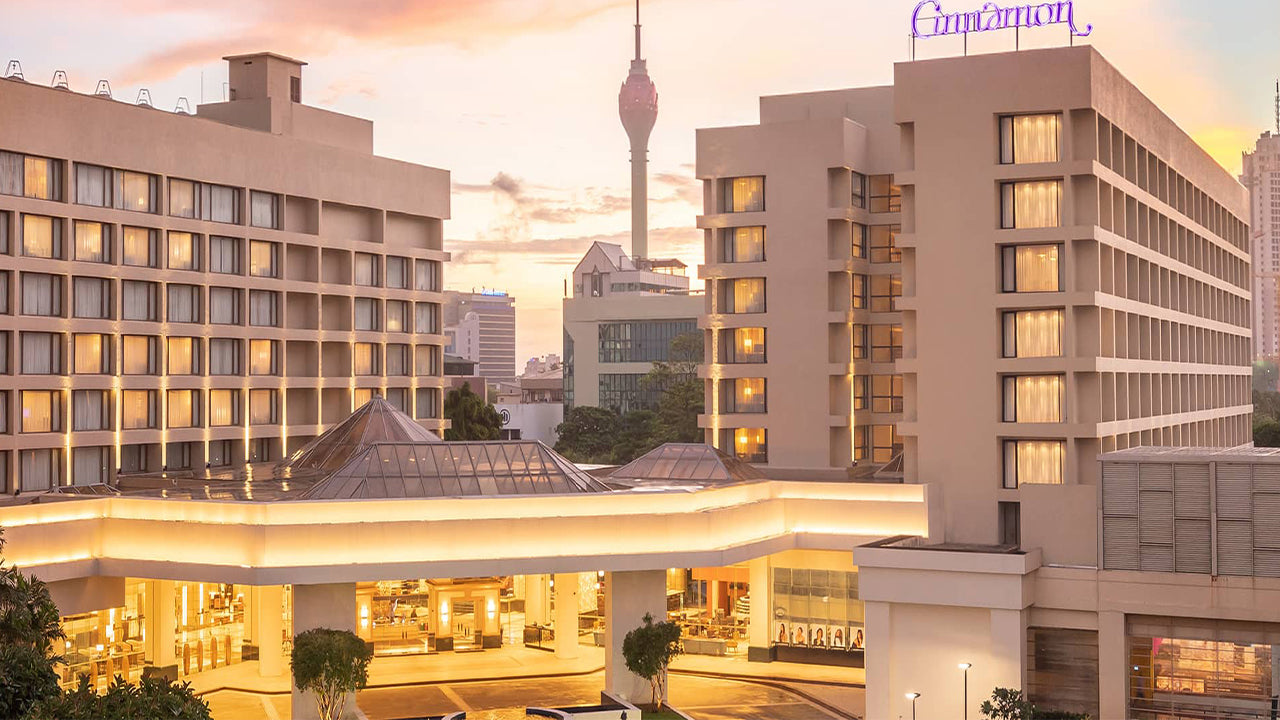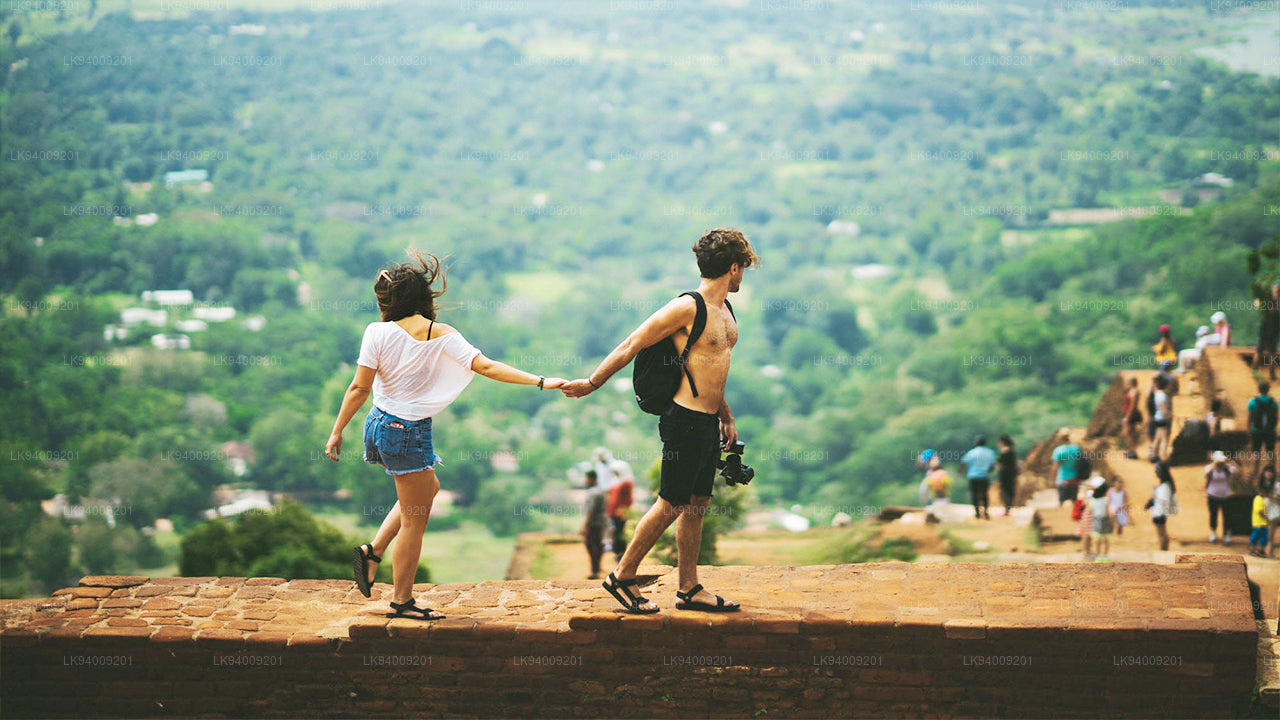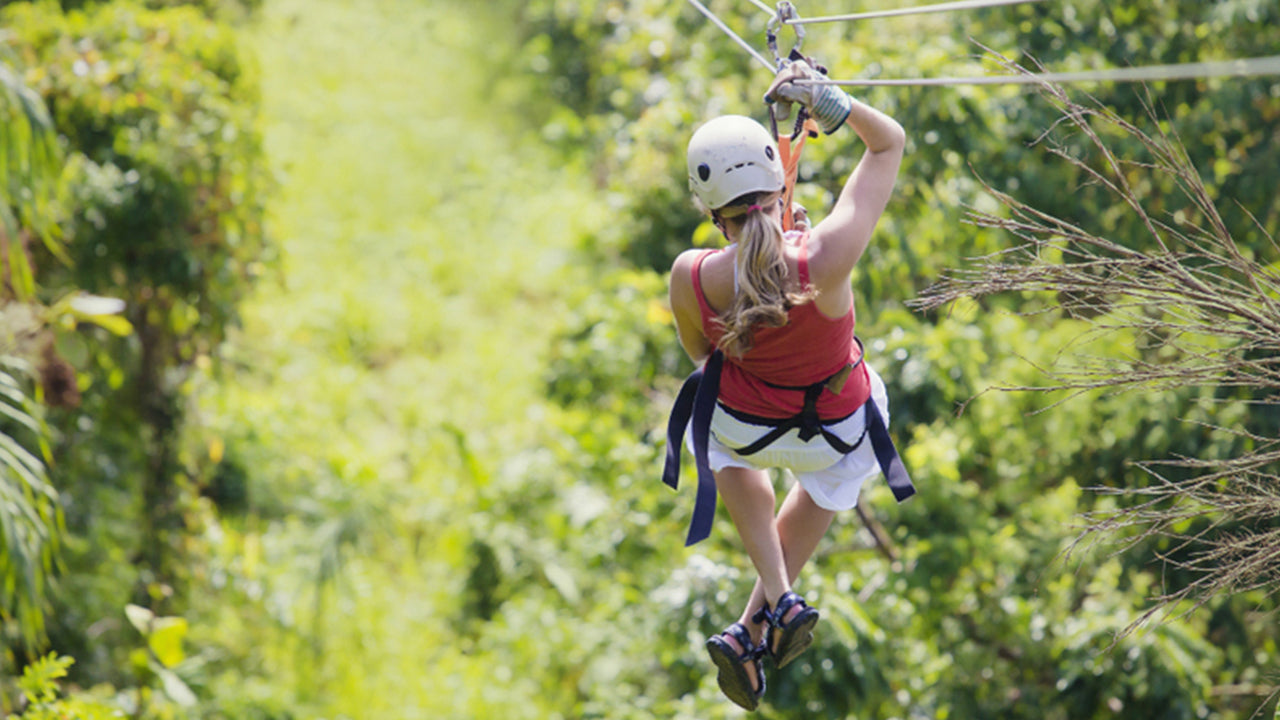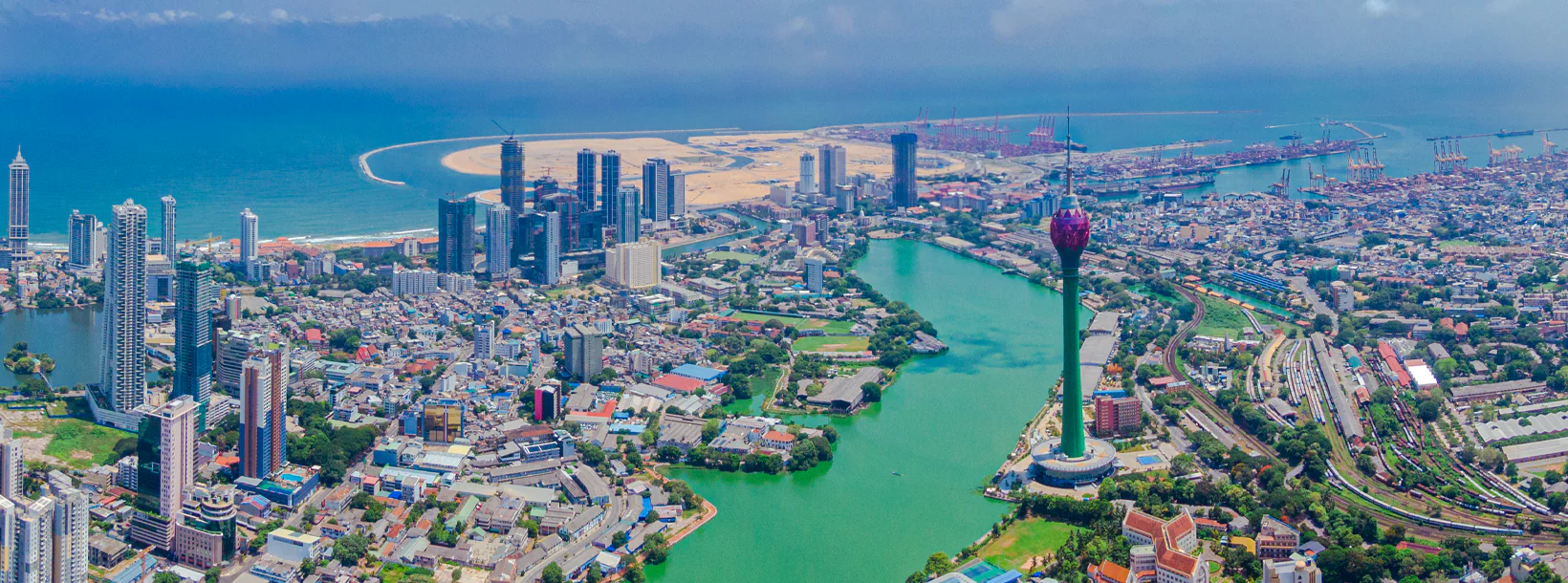
Colombo City
Colombo, the capital of Sri Lanka, is a dynamic city blending tradition and modernity. It showcases colonial architecture, lively markets, and serene Buddhist temples. With diverse cuisine, a growing skyline, and beautiful beaches, it's a vibrant hub for business, culture, and tourism, offering a gateway to explore Sri Lanka's wonders.
Dutch Period Museum
The Construction
In the late 1600s the Dutch era had just started in Sri Lanka. The Dutch were proceeding to destroy all traces of Portuguese occupancy so that their presence would be indelibly established amongst the masses.
They also built many structures to suit their purposes; and Colombo, which had been a port of great importance to the Portuguese, became one of their target locations. The Dutch built hospitals, churches, residences, military barracks, and much more. Amongst these resplendent structures was a colonnaded two-story building, the best of the Dutch architecture from the era.
The building was built in 1692 to be the residence of the Governor of Dutch Ceylon, Thomas van Rhee. Governor van Rhee’s term of office came to an end in 1697, and the structure lost its use as a residence for the Governor. The Dutch had no interest in letting such a big and luxurious (at the time) structure go to seed. They used it for a variety of purposes over the years.
Repurposing
For the next several decades, the 17th century Dutch urban-style residence functioned as a seminary. It became an institution the Dutch used for educating the clergymen who later served in the churches that were being built by them. Towards the latter part of the 18th century, it also served as the residence of Colonel August Carl Frederick Von Ranzow. Afterward, it became an orphanage under the supervision of deacons from the Dutch church and was financed by the Dutch East India Company.
In the late 1700s, the British invaded, and in 1796 the rule of the much-contested island of Sri Lanka was taken over by the British. Another round of building and restructuring followed their arrival, as once again the British tried to erase as many traces of their predecessors, or at least make what was leftover part of their own culture.
The structure of the Dutch Museum, which until then had been an orphanage, got converted into a military hospital to handle the wounded from the battles that the British were waging in the vicinity of Colombo. It served as a hospital for almost half a century, until it became converted into military barracks in the latter half of the 19th century.
At the turn of the century, in the year 1900, the British decided to convert the place into a police training school. It served in such a manner until the year 1932 when the old Dutch building became the Pettah Post Office in the now flourishing city of Colombo.
The Fall of a Monument
Though the building was large and spacious, and quite comfortable for the purpose, it wasn’t to be for long. In 1971, the age-weakened outer walls collapsed during the heavy monsoonal rains of Sri Lanka. The entire structure was deemed dangerous and immediately abandoned.
Restoration and opening of the Museum
With the location being a valuable piece of real estate, as it was right in the middle of the business center of Colombo at the time, the ruined structure was slated for demolition by the government. However, intense protests by the Royal Asiatic Society and the Dutch Burgher Union prevented such plans.
In 1973, a decision was made to restore the building and convert it into a museum for Dutch colonial-era artifacts. As such a committee was established with representatives from the Ceylon Tourist Board, the Department of Archaeology, the Netherlands Alumni Association of Lanka, and the National Archives.
Meetings were held and plans made, In 1977, restoration was started on the old Dutch building with the sponsorship of the Netherlands government. The structure was rebuilt to the exact specifications of the former building and was completed in 1981. It portrayed the unique architectural features of a colonial Dutch townhouse.
The structure opened its doors as a museum to the public in 1982. Over 3000 Dutch era artifacts were stored and displayed there. Amongst the displays were furniture, ceramics, coins, and weaponry that showed off the many facets of contemporary life and culture in the Dutch Colonial Era of Sri Lanka.
In 1999, the value of the Museum as a historical monument was recognized by the Sri Lankan government. On the 18th of June 1999, they formally declared it an archaeologically protected monument of Sri Lanka under Gazette Number 1085.
To this day, the artifacts in the Dutch Museum and the history that pervades its halls make it a huge draw for locals and tourists alike.
About Colombo District
Colombo is the largest city and commercial capital of Sri Lanka. It is located on the west coast of the island and adjacent to Sri Jayewardenepura Kotte, the capital city of Sri Lanka. Colombo is a busy and vibrant city with a mixture of modern life and colonial buildings and ruins and a city population of 647,100.The Colombo Metropolitan Region, defined by the districts of Colombo, Gampaha and Kalutara, has an estimated population of 5,648,000, and covers an area of 3,694.20 km²
Colombo is a multi-ethnic, multi-cultural city. It is the most populous city in Sri Lanka, with 642,163 people living within the city limits. The population of Colombo is a mix of numerous ethnic groups, mainly Sinhalese, Moors and Tamils. There are also small communities of people with Chinese, Portuguese, Dutch, Malay and Indian origins living in the city, as well as numerous European expatriates.
The great majority of Sri Lankan corporations have their head offices in Colombo. Some of the industries include chemicals, textiles, glass, cement, leather goods, furniture, and jewellery. In the city center is located South Asia's second tallest building - The World Trade Centre.
About Western Province
The Western Province is the most densely populated province of Sri Lanka. It is home to the legislative capital Sri Jayawardenepura Kotte as well to Colombo, the nation's administrative and business center. Western Province is divided into 3 main districts called Colombo (642 km²), Gampaha (1,386.6 km²) and Kalutara (1,606 km²) districts. As Sri Lanka's economic hub, all the major local and international corporations have their presence in the city and so do all the major designer and high street retailers, so be ready to indulge in some retail therapy in western province.
Having the highest population in the all the provinces, the almost all the premier educational institutions in the island are located in western province. Universities in the province include the University of Colombo, the University of Sri Jayewardenepura, University of Kelaniya, Open University, Sri Lanka, Buddhist and Pali University of Sri Lanka, General Sir John Kotelawala Defence University and University of Moratuwa .Western province has the largest amount of schools in the country, which includes National, Provincial, Private and International schools.

